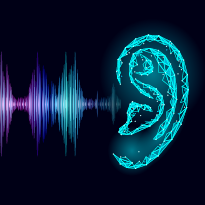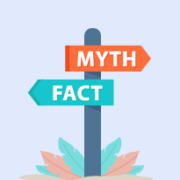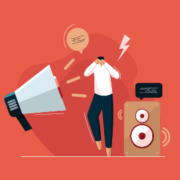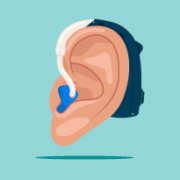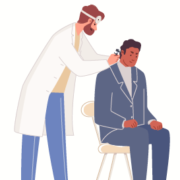These Aren’t Your Grandfather’s Hearing Aids
6 Exciting Innovations in Today’s Hearing Aids
Get Ready for the Future of Hearing
According to the CDC, in the United States alone, 7.1% of the population aged 45 and over use hearing aids. That’s almost 24 million people on the receiving end of some seriously futuristic options to help tackle their hearing loss. It’s mind-blowing to see the latest strides hearing aid technology has taken. People will be experiencing sound like never before, so don’t miss out!
Don’t Miss a Moment of Better Hearing
Typically, folks wait as long as possible before getting a new hearing aid. The old one stops functioning properly before they even make an appointment to upgrade! This time around, you may not want to wait — these tantalizing innovations may tempt you into an early upgrade.
Hearing aid technology runs the gamut from basic to advanced, but even basic technology models are rapidly improving and providing even more new benefits to wearers than ever before. Here is a list of just some of the sparkling new hearing aid options.
Hearing Aids With Bluetooth Technology
Look around you. Chances are if there’s an electronic device at hand, it uses Bluetooth technology. Bluetooth can be found in our phones, cars, portable speakers, computers, and even in our refrigerators — why not in our hearing aids?
Today’s Bluetooth hearing aids can connect to devices like smartphones, laptops, televisions, and more. You can play audio directly from your devices — such as a workout playlist, your favorite movie or TV show, or a simple phone call — directly through your hearing aid’s speakers.
The use of hearing aids is more prevalent in adults over the age of 45, and that can go hand in hand with loss of dexterity as we age. The tiny buttons on hearing aids and remote-control accessories are just not ideal for many hearing aid wearers. With Bluetooth, you can control them with an app from whichever personal device you choose — perhaps one that’s already practically attached to your hand (cell phone, anyone?).
These are some of the most helpful benefits to using hearing aids with Bluetooth technology:
Advanced Sound Quality
If a high-quality hearing experience is what you’re after, Bluetooth technology is the way to go. With Bluetooth, sound is sent consistently and steadily, directly to the ears. Unwanted noise and sounds are diminished, and feedback is minimized.
Hearing More Clearly
More communication is always better — what if your two hearing aids could talk to each other? Bluetooth technology is a huge win for people who wear hearing aids in both ears. Hearing aids that communicate with each other (via Bluetooth) can more properly balance and control sound. The result? More clarity of sound.
Simpler Customization
Your hearing needs are as unique as you are. A variety of customizable options are featured and available in most Bluetooth hearing aids for maximum personalization. These are options that the user can control without having to visit their audiologist. Adjustments to volume or sound frequency can be made to these hearing aids remotely.
Remote Control
Hearing aids that are Bluetooth compatible can be accessed from a phone, a tablet, or any other connected devices. The apps accompanying your connected device can be used to very simply change programs or adjust settings, rendering those tiny buttons you remember on your hearing aids obsolete. No more fiddling with your hearing aid buttons in the dark — just light up your phone and head straight to the app!
From language translation to reduced background noise, Bluetooth hearing aids have too many benefits to count.
Hearing Aids With Rechargeable Batteries
No battery? No problem! Say goodbye to the days of your hearing aid’s batteries running out of power at the most inconvenient times. Lithium-ion technology has changed all that.
When you go to sleep at night, you probably have a cord waiting by the bed to charge your phone overnight. Now you can put your hearing aid’s charging cord right next to your phone’s and sleep soundly, knowing you’ll wake up to fully recharged hearing aids ready to face the day with you.
If you establish a charging routine with your rechargeable hearing aids, you put yourself on the path to having the most carefree hearing-improvement experience possible.
Some exciting benefits to rechargeable hearing aids:
- Simplify: If you have vision difficulties, you’ll find plugging your hearing aids in to charge to be a much simpler action than fiddling with tiny batteries.
- Save: There’s no need to constantly buy batteries. The electricity pulled by a tiny hearing aid adds much less to your electrical bill than the cost of batteries.
- Endure: There is no tiny battery door and no need to open the device. This makes for a much smaller chance of damage to the device or the battery.
- Outlast: Longer battery life is yours. Your hearing aid will likely use lithium-ion batteries, which last for years before replacement is necessary.
- Preserve: Rechargeable hearing aids are an eco-friendly choice. With no need to dispose of batteries regularly, rechargeable hearing aids may have a smaller footprint on the environment.
- Protect: Kids and pets have us living in a world full of choking and insertion hazards. Not having loose, tiny batteries laying around diminishes the chance that a child or animal will swallow one or try to put them in their nose or ears.
Emergency Alert Feature
I’ve fallen and I can’t get up!
New hearing aids are saving lives, and not just through improving hearing, which can be lifesaving in many other ways.
The CDC states that, “Each year, millions of older people — those 65 and older — fall. In fact, more than one out of four older people falls each year.”
Some hearing aids can now detect when you fall and will automatically generate and send a message to your emergency contact. It will alert your loved one that you might have taken a spill and should be checked on immediately.
AI & Hearing Aids
Imagine: Hearing aids that learn from your actions and make adjustments like a person would — artificial intelligence (AI) is astounding. AI is the power of machines to simulate the intelligence of a real-life person.
What do AI-powered electronics do best? They learn. It’s almost unsettling the way they can learn everything about you and anticipate your wants, your needs, and your likes and dislikes.
How does this apply to your hearing loss treatment? It is now possible for hearing aids to adapt precisely to your needs. AI applied to your hearing aids isn’t unsettling, though, as you’ll discover once your hearing aids are experiencing constant, automatic, personalized adjustments that get better and better.
Regarding the new AI-powered hearing aids, WINK News, out of Fort Myers, Texas, explained, “Every setting has different sound dynamics. Whether you’re in a workspace, a car, or outdoors, there are noises you want to tune out in order to hear better. AI devices are smart enough to cut through the clutter.”
Built-In Tinnitus Care
Certain innovations have been around for a while, and are well-known by professionals, but patients may have not known about them — for instance, tinnitus care via a hearing aid.
Looking for relief from the noise(s) in your ears or head? Some new hearing aids are equipped with tinnitus features. The American Tinnitus Association documented that, “Hearing aids can augment the volume of external noise to the point that it covers (masks) the sound of tinnitus. This makes it more difficult to consciously perceive tinnitus and helps the brain focus on outside, ambient noises. The masking impact of hearing aids is particularly strong for patients who have hearing loss in the same frequency range as their tinnitus.”
Treat your tinnitus at the source; hearing aids with tinnitus functions can handle it. Through the amplification of background sounds, tinnitus symptoms can be managed, and you can go back to focusing on what’s important.
Telecoil
Another awesome piece of tech that audiologists know backwards and forwards, but patients may not know about, is telecoil technology. Also called a “T-coil” or “T-switch,” this feature will have you touching your hearing aid and saying, “Beam me up!”
The telecoil is a small induction pick-up coil that can be placed inside of a hearing aid. When you choose to use this option, the telecoil allows your hearing aid to pick up the signal from your phone or any public venue fitted with an assistive listening system called a hearing loop.
According to Let’s Loop Seattle, a public education and access advocacy campaign launched by the Hearing Loss Association of Washington, “The telecoil can connect you to assistive listening systems in theatres, airports, houses of worship, and thousands of other public spaces. Better still, a telecoil connects you to a hearing loop without the need for additional Assistive Listening Device (ALD) equipment — you simply switch your aid or CI to telecoil mode (or T mode). Telecoils can also connect you to your home loop or TV loop.”
The future is now, folks, and your hearing loss care will be all the better for it. Contact us today to schedule a hearing consultation and tech demo!

